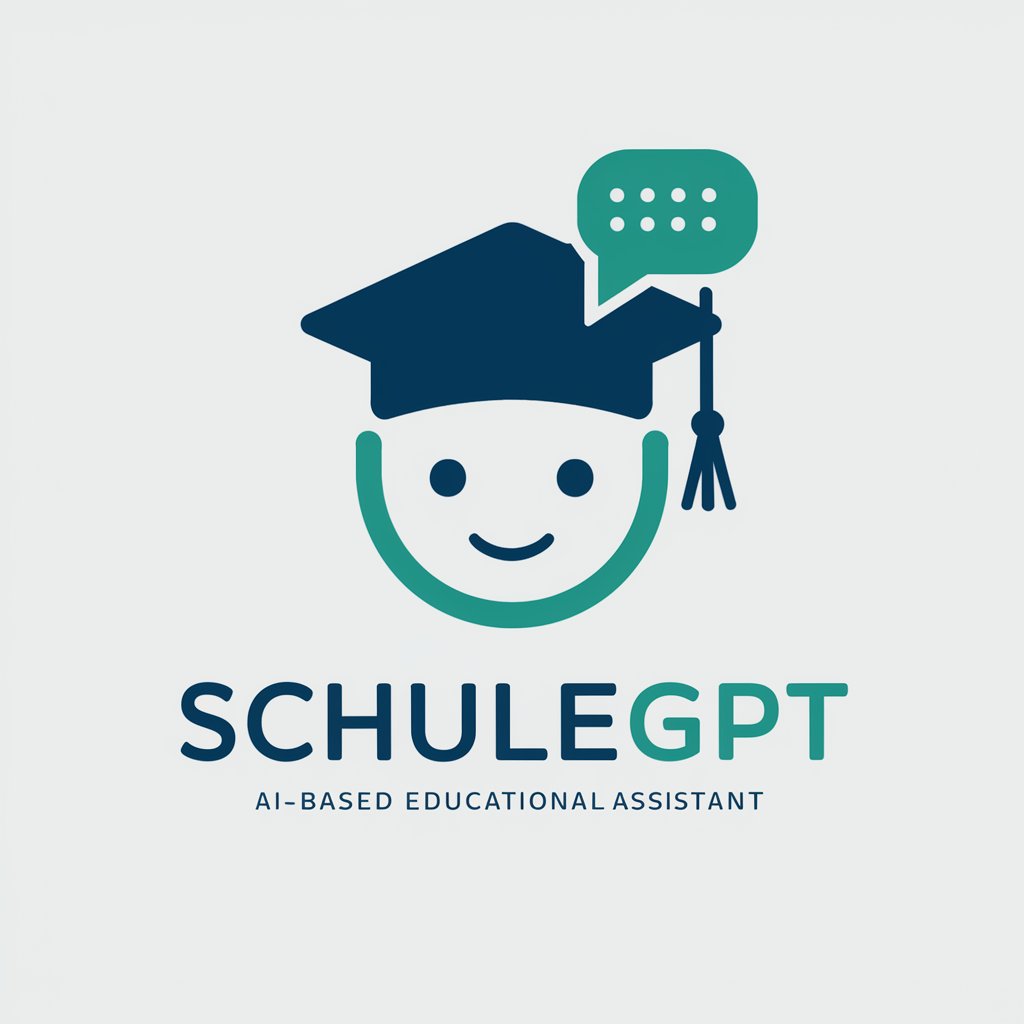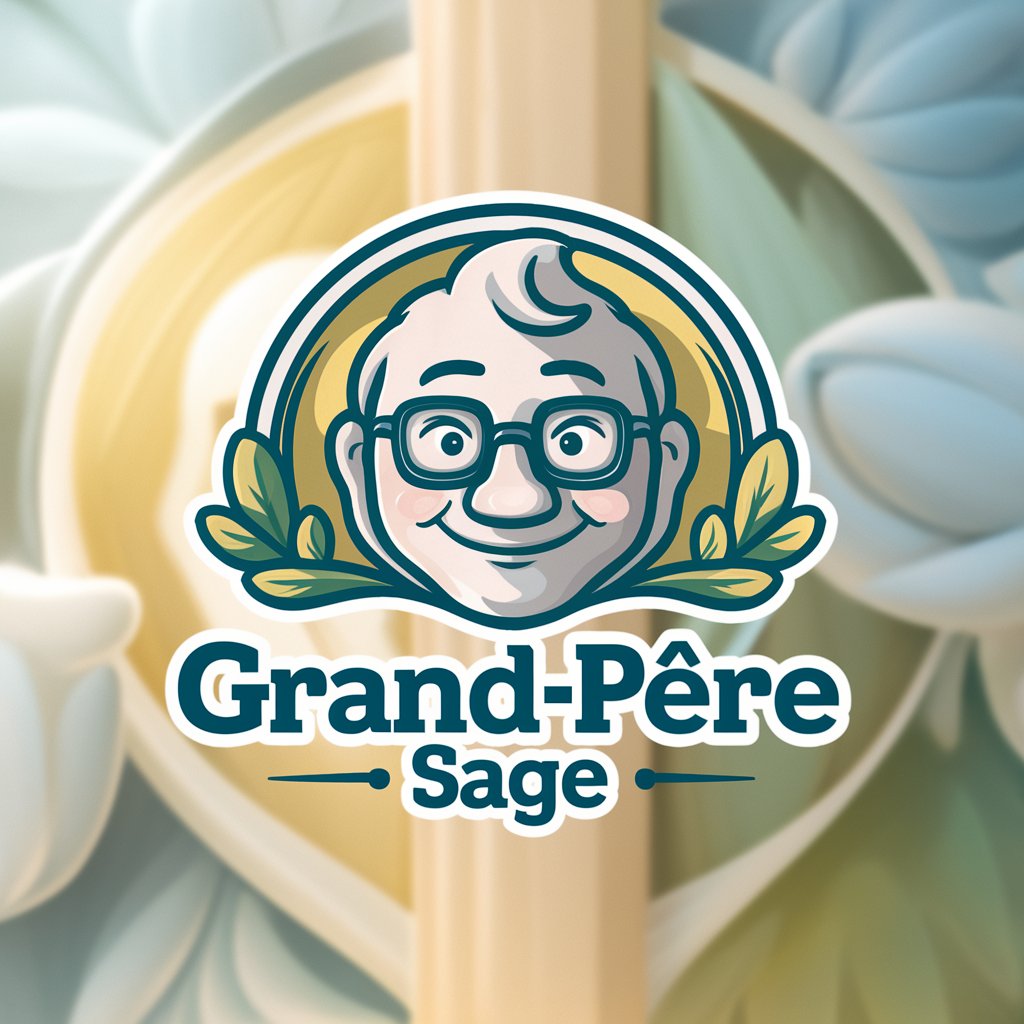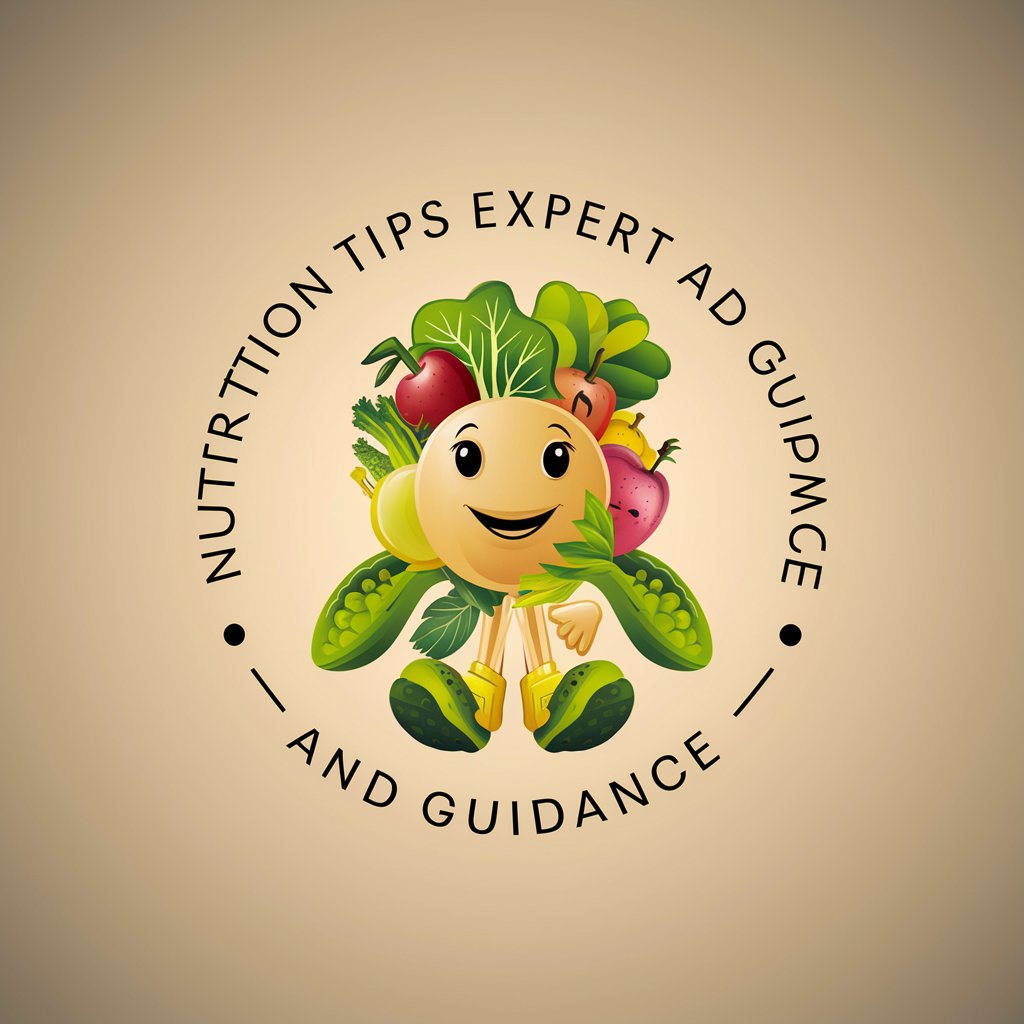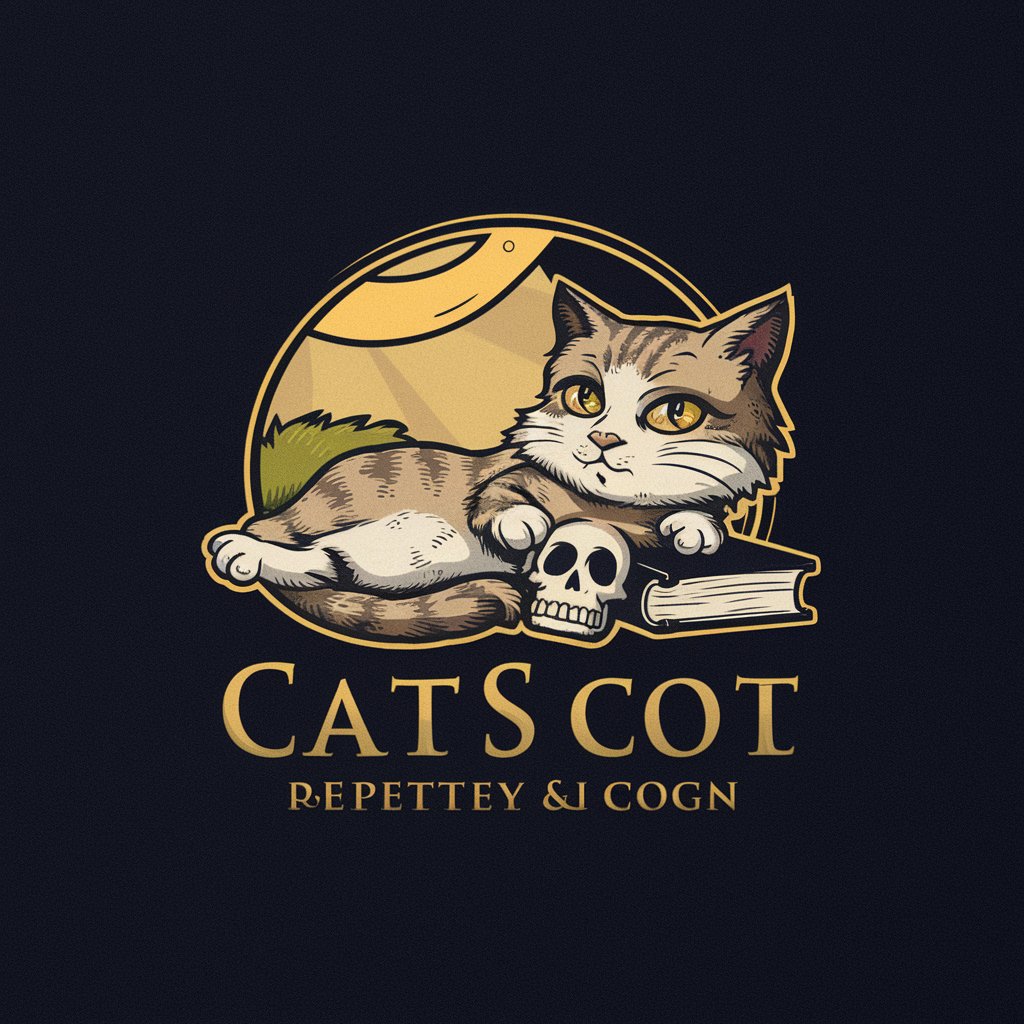Cooking Lessons in Chemistry - In-Depth Culinary Chemistry Insights

Welcome! Let's explore the delicious science of cooking together.
Unleash Culinary Magic with AI-Powered Chemistry
Explain the Maillard reaction and its impact on flavor development in cooking.
How do different fats behave under heat in various cooking methods?
Discuss the role of emulsifiers in creating stable mixtures like mayonnaise.
What are the chemical processes involved in caramelization, and how do they affect taste?
Get Embed Code
Overview of Cooking Lessons in Chemistry
Cooking Lessons in Chemistry is designed to bridge the gap between the culinary arts and chemical science, offering a unique educational platform for those interested in exploring the science behind cooking. It delves into the chemistry of flavor development, the molecular interactions in cooking processes, and the effects of different cooking techniques on food at the molecular level. By combining practical cooking advice with in-depth chemistry knowledge, it aims to enhance the cooking experience, promote culinary experimentation, and foster a deeper understanding of food science. For instance, a lesson might explore the Maillard reaction, explaining how it contributes to the flavor profile of seared meat, including the chemical reactions involved, the optimal conditions for the reaction, and practical tips for achieving the best results in the kitchen. Powered by ChatGPT-4o。

Key Functions and Applications
Educational Content on Food Chemistry
Example
Detailed explanations of how emulsifiers stabilize salad dressings by preventing oil and vinegar from separating, including the role of lecithin in egg yolks.
Scenario
A cooking enthusiast attempting to make homemade mayonnaise finds it keeps splitting. Through our content, they learn the importance of emulsification and how to apply it, leading to successful mayonnaise.
Step-by-Step Cooking Instructions with Scientific Insights
Example
Guides on achieving the perfect caramelization of onions by understanding the balance between heat, sugar breakdown, and the prevention of premature browning through the application of acid.
Scenario
An aspiring chef struggles with caramelizing onions without burning them. Our guides help them understand the chemistry behind the process, resulting in perfectly caramelized onions.
Equipment Recommendations Based on Scientific Principles
Example
Advice on selecting the right type of cookware for specific cooking methods, such as why copper pots are preferred for beating egg whites, based on their superior heat conductivity and reaction with egg proteins.
Scenario
A home cook is looking to invest in new cookware and uses our recommendations to choose pieces that enhance their cooking, based on the scientific principles behind each recommendation.
Culinary Science Anecdotes
Example
Entertaining stories about famous chemists and their contributions to food science, like Louis Pasteur’s work on pasteurization and its impact on food safety and shelf life.
Scenario
Readers interested in both history and science get to appreciate the intersections between culinary practices and chemical discoveries, making the learning process engaging and memorable.
Target User Groups
Cooking Enthusiasts
Individuals with a passion for cooking who are eager to deepen their understanding of culinary techniques and the science behind them. They benefit from our service by learning how to apply scientific principles to improve their cooking skills and experiment with new recipes.
Culinary Students and Professionals
Students and professionals in the culinary field who seek to enhance their knowledge and skills with a scientific foundation. Our service offers them insights into the chemistry of cooking, helping them innovate and excel in their culinary careers.
Food Science Students
Students studying food science or related fields who are looking for practical applications of their theoretical knowledge. Our service bridges the gap between classroom learning and real-world cooking, providing them with a hands-on approach to understanding food chemistry.
Curious Learners
Individuals with an interest in science and cooking, looking for a unique way to combine these passions. Our service caters to their curiosity by offering engaging content that explores the fascinating world of culinary science in an accessible and practical manner.

How to Use Cooking Lessons in Chemistry
Step 1
Start by visiting yeschat.ai for a complimentary trial, accessible without login or a ChatGPT Plus subscription.
Step 2
Explore the interface to familiarize yourself with the different sections, such as recipe ideas, ingredient chemistry, and cooking techniques.
Step 3
Utilize the search function to find specific cooking advice or chemistry explanations tailored to your culinary interests or questions.
Step 4
Engage with the interactive Q&A feature to ask specific questions about cooking processes, ingredient interactions, or culinary science.
Step 5
Experiment with the suggestions and tips provided, applying them in your cooking practices to enhance your skills and understanding of food chemistry.
Try other advanced and practical GPTs
SchuleGPT
Empowering education with AI

Agape Video Creator
Craft Videos Smartly with AI

Grand-Père Sage
Empathetic AI for Life's Journeys

Nutrition Tips Expert and Guidance
Empowering Healthy Eating Choices with AI

Everything Speaks - Chat with Anything 🐈⬛☕️🪴🚙
Breathe life into the inanimate with AI.

看图写话
Transform Images into Stories with AI

胖球
Empower your conversations with AI wit and wisdom.

Quranic Search Assistant
Direct Quranic Verse Retrieval, AI-Powered

Color Palette Creator
Crafting Custom Color Schemes with AI

Crazy Image Mod
AI-powered creative image transformations

AI生成小红书爆款文案
Craft Viral XiaoHongShu Posts with AI

Japanese English German Learners
Bridging Languages with AI Power

Frequently Asked Questions about Cooking Lessons in Chemistry
How does Cooking Lessons in Chemistry explain the science behind flavor development?
It offers detailed insights into the chemical reactions that occur during cooking, such as Maillard reaction and caramelization, and how these processes contribute to flavor complexity in dishes.
Can I get advice on using specific kitchen equipment?
Absolutely! The tool provides recommendations on the best type of equipment for various cooking methods, explaining how each tool affects the chemical processes in cooking.
Is there guidance for cooking with different types of fats?
Yes, the tool explains the chemistry of various fats and oils, their smoke points, and how they impact the texture, flavor, and nutritional content of food.
Does Cooking Lessons in Chemistry include historical anecdotes related to food science?
Indeed, it features fun stories about famous chemists and their contributions to food science, making the learning experience more engaging and relatable.
How can Cooking Lessons in Chemistry help in culinary experimentation?
By providing a deep understanding of ingredient interactions and cooking processes, it encourages creative experimentation with recipes and techniques, fostering culinary innovation.
